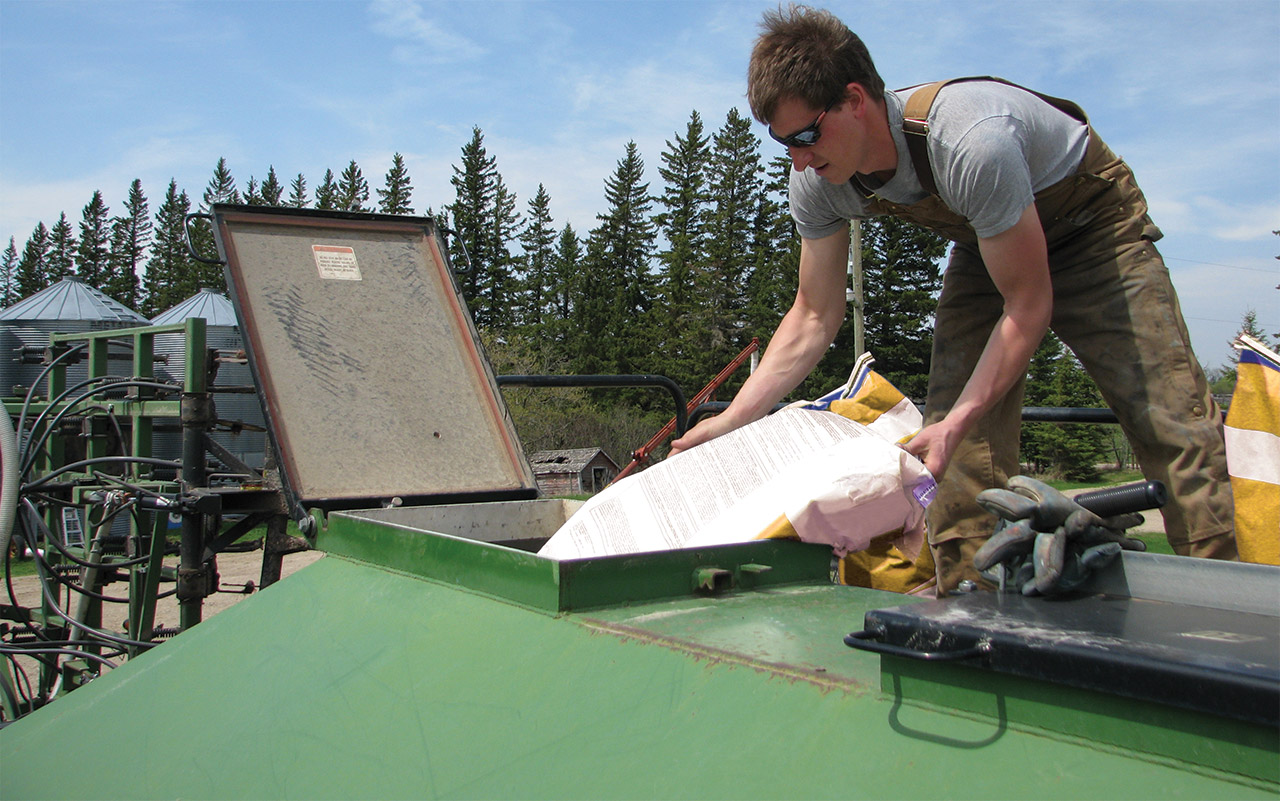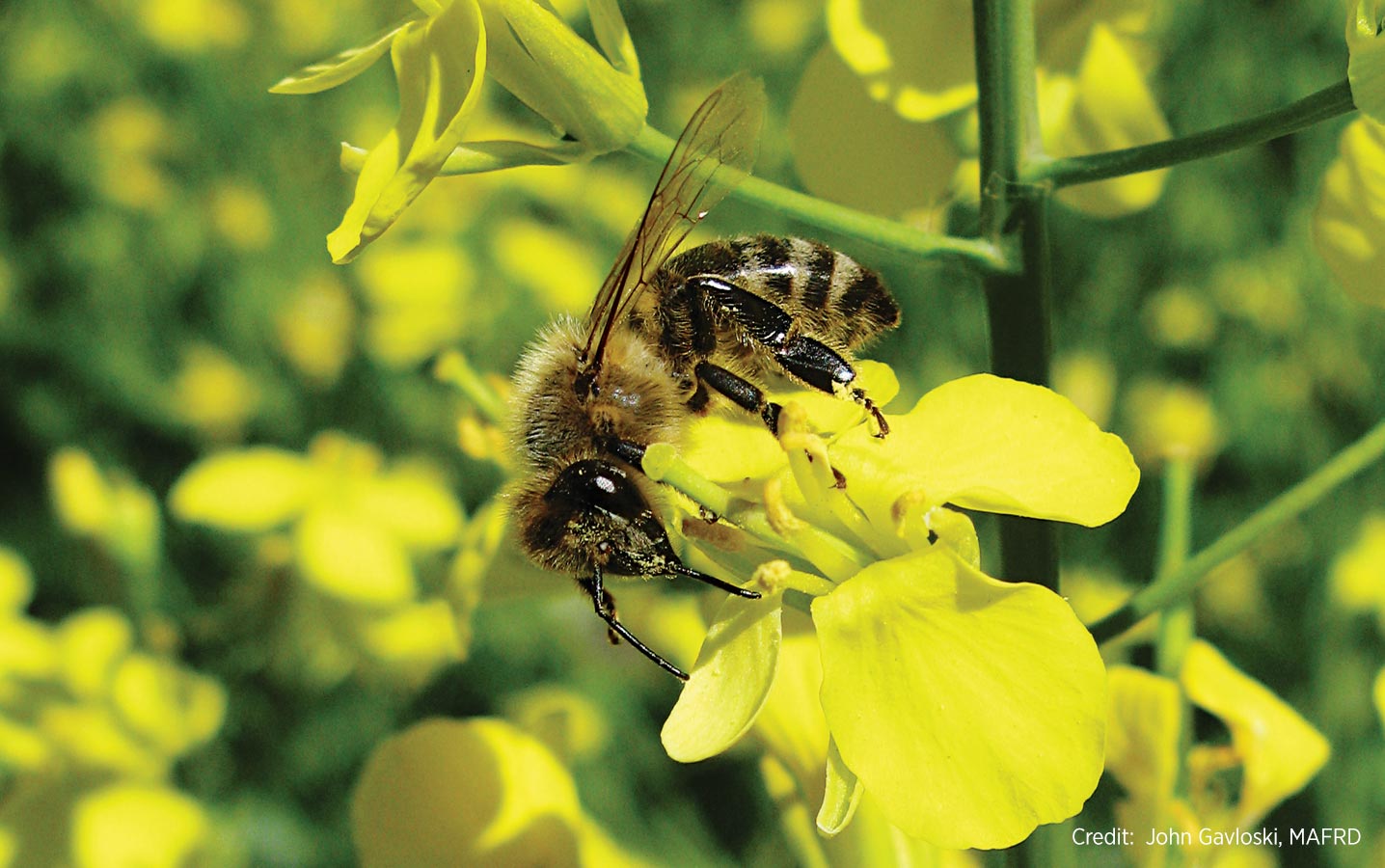
The Canola Council of Canada’s Keep It Coming strategic plan targets an average yield of 52 bu./ac. across the Prairies by 2025. This is an 18 bu./ac. increase over the average yield at the time the plan launched. Of that, 10 bu./ac. will come as a result of agronomic improvement through the four categories outlined in this magazine. The other 8 bu./ac. will come from genetics. This article summarizes the seed industry’s perspective on their target and how it could be achieved.
Key practice: Use seed treatments and early in-crop treatments, if scouting deems them necessary, to protect young plants from flea beetles. Key research: Hallett, Rebecca, University of Guelph. “Assessing the Impact of Swede Midge on Canola Production in the Prairies & Ontario.” Canola Agronomic Research Program (CARP 2005-14). Olfert, Owen and Elliott, Bob, Agriculture and...
Read More Key practice: Follow insect thresholds to manage input costs against potential yield response. Conserve and protect natural enemies and beneficial insects by using economic thresholds to determine the need and timing for insecticidal controls. Key research: Bracken, G.K. and Bucher, G.E. “An Estimate of the Relation Between Density of Bertha Armyworm and Yield Loss on...
Read More Key practice: Use soil tests, ideally taken at consistent locations (GPS helps), and base rate decisions on soil test recommendations. Key research: S.A. Brandt, Agriculture and Agri-Food Canada (AAFC), et al.“Seeding rate, fertilizer level and disease management effects on hybrid versus open pollinated canola (Brassica napus L.)” Canadian Journal of Plant Science, 2007. R.E. Blackshaw,...
Read More 
Key practice: Use insecticides judiciously and employ strategies that may increase populations of some beneficial insects and reduce mortality of some parasitoids. These strategies include reducing tillage, leaving tall stubble to improve overwinter survival and intercropping. Key research: Dosdall, Lloyd, University of Alberta. “Improved Integrated Crop Management with Beneficial Insects.” Canola Digest Science Edition (2013)....
Read More





